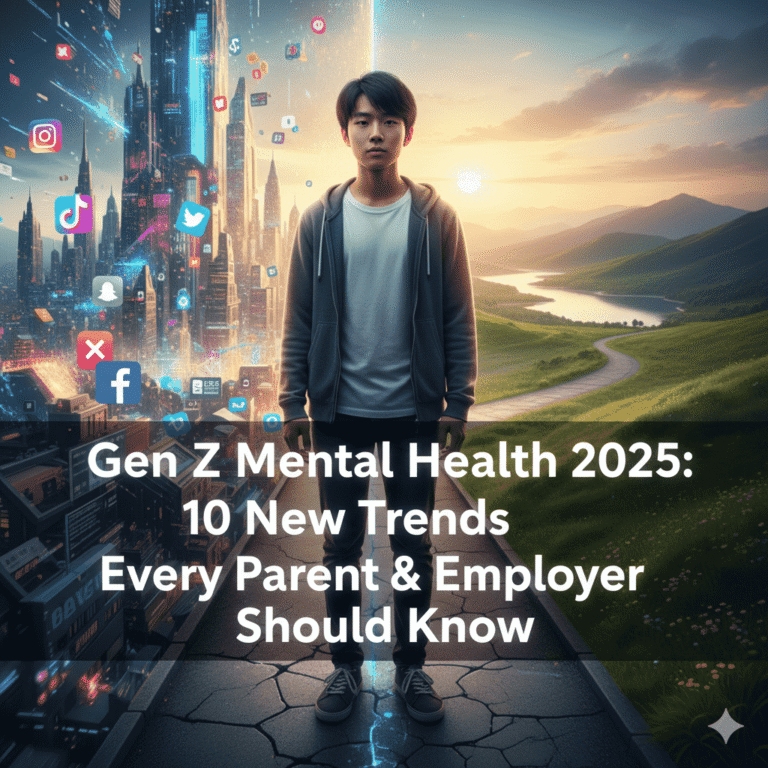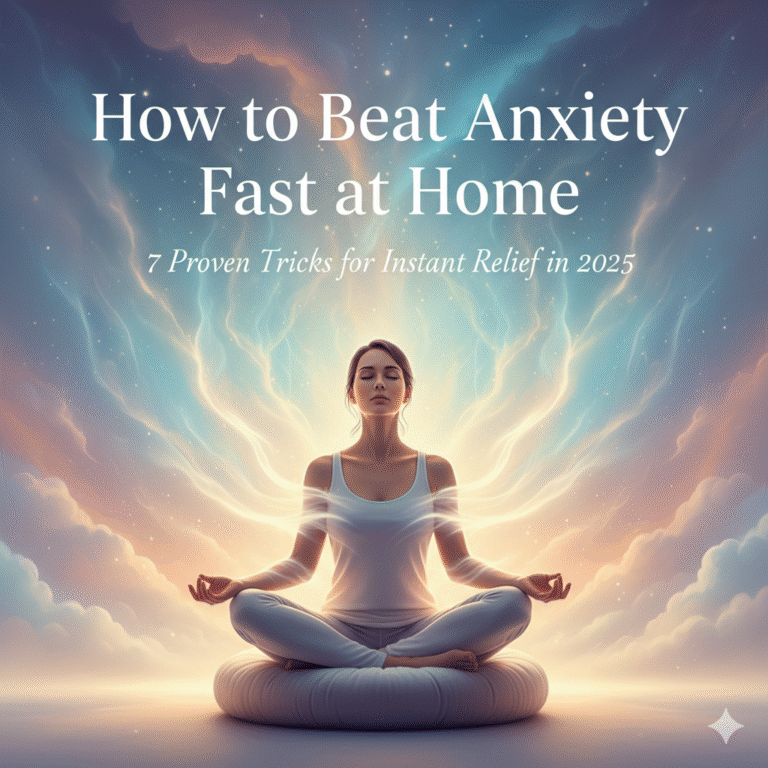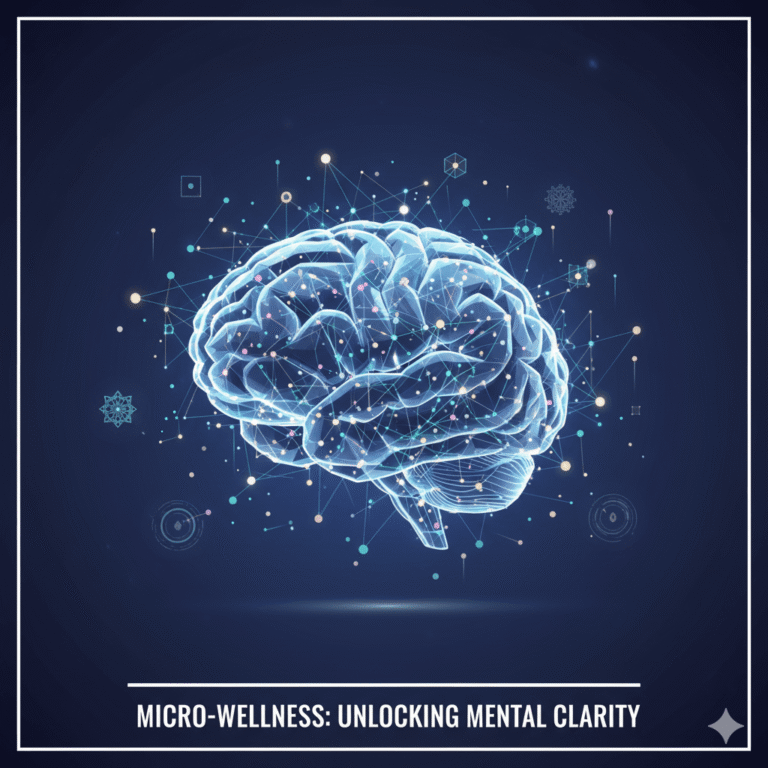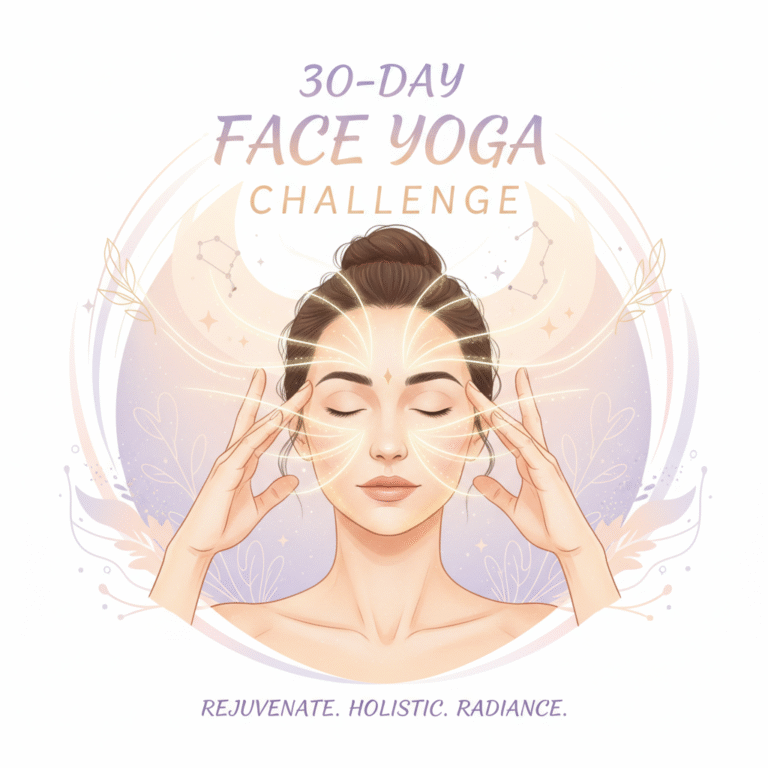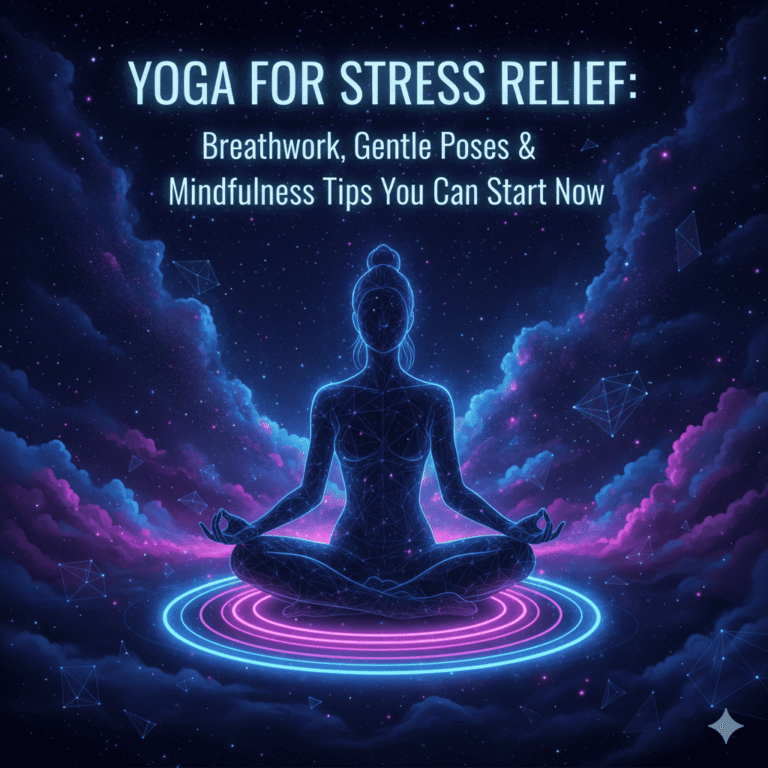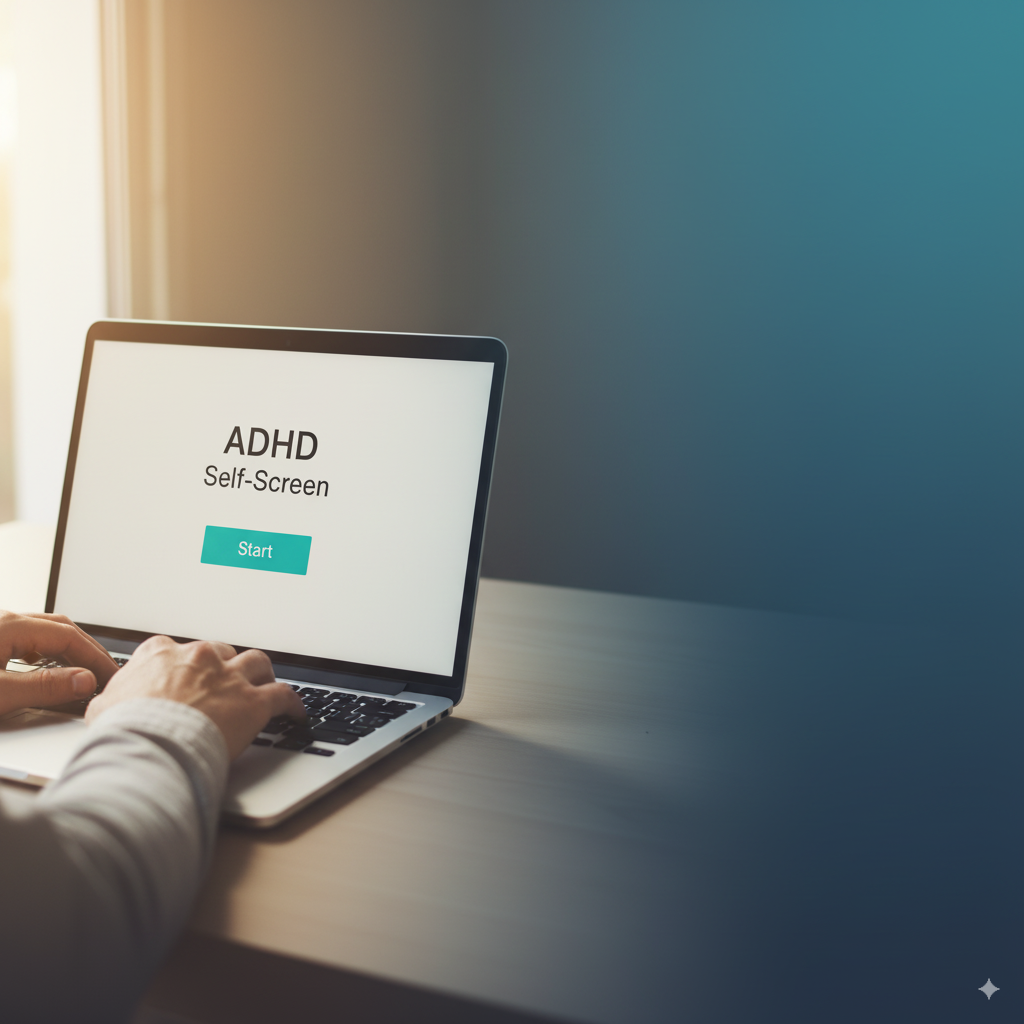
Adults who struggle with attention, organization, or time management often start with a validated screening tool called the ASRS v1.1, which quickly checks whether symptoms are consistent with adult ADHD patterns over the past six months.
This long‑form guide explains what the ASRS is, how to take it, how scoring works, what results mean, and which clinical steps come next so readers can move from self‑screening to safe, effective care pathways in 2025.
Because ADHD is a clinical diagnosis without a lab test, understanding screening versus diagnosis improves safety and sets realistic expectations before any treatment is considered.
Read this first: safety disclaimer
The ASRS v1.1 is a screener, not a diagnosis, and a positive screen means “consider full clinical evaluation” rather than confirmation of ADHD in adults.
Only qualified clinicians can diagnose ADHD by evaluating symptoms, impairment, history, and differentials using DSM‑5‑TR‑aligned processes that a self‑test cannot replace in adults.
Never start, stop, or change medications or therapy based solely on an online self‑assessment result without professional guidance.
What the ASRS v1.1 measures
The Adult ADHD Self‑Report Scale contains 18 items mapped to ADHD symptom domains of inattention and hyperactivity‑impulsivity, split into Part A (6 items) and Part B (12 items) for adult use.
Part A holds the six most predictive questions and is widely used as the brief screener to flag adults who may need a full diagnostic assessment for ADHD.
Responses use a five‑point frequency scale (“Never” to “Very often”) capturing how often difficulties occurred in the last six months in typical life conditions.

How to take the self‑assessment correctly
Complete all 18 questions in one sitting, thinking about a typical six‑month period and not an unusually easy or stressful week to avoid biased answers.
Be candid about everyday impact on work, home, and relationships, and note examples; honest reporting increases the value of a subsequent clinical discussion.
Plan to share results with a clinician because interpretation depends on history, impairment, and differentials that go far beyond a brief questionnaire.
Scoring Part A: the standard threshold
If four or more responses fall in the shaded threshold boxes within Part A, symptoms are “highly consistent with ADHD,” and a comprehensive clinical evaluation is advised for adults.
This Part A rule is the most common pass/fail screening interpretation and is used globally in clinics and research for adult ADHD screening.
Part B adds useful context about patterns and impairment but is not used for a single pass/fail rule in the original ASRS scoring sheets.
Numeric scoring variants you may see
Some systems also compute Likert totals to stratify risk on Part A and Part B, reflecting updated suggestions from the authors to enhance utility.
Harvard’s 6‑item screener update outlines a 0–4 per‑item scheme (0–24 total) to classify low negative through high positive ranges in addition to the classic threshold.
Because implementations vary, the safest baseline is still the original Part A “four‑or‑more shaded boxes” rule to guide next steps.
What your result means
Below threshold on Part A lowers the likelihood of ADHD, though persistent impairment or strong childhood history may still merit clinical review.
At or above threshold on Part A suggests a pattern consistent with ADHD, and the appropriate next action is booking a comprehensive diagnostic assessment.
Either outcome must be interpreted in context because conditions like anxiety, depression, and sleep disorders can mimic ADHD on brief screeners.
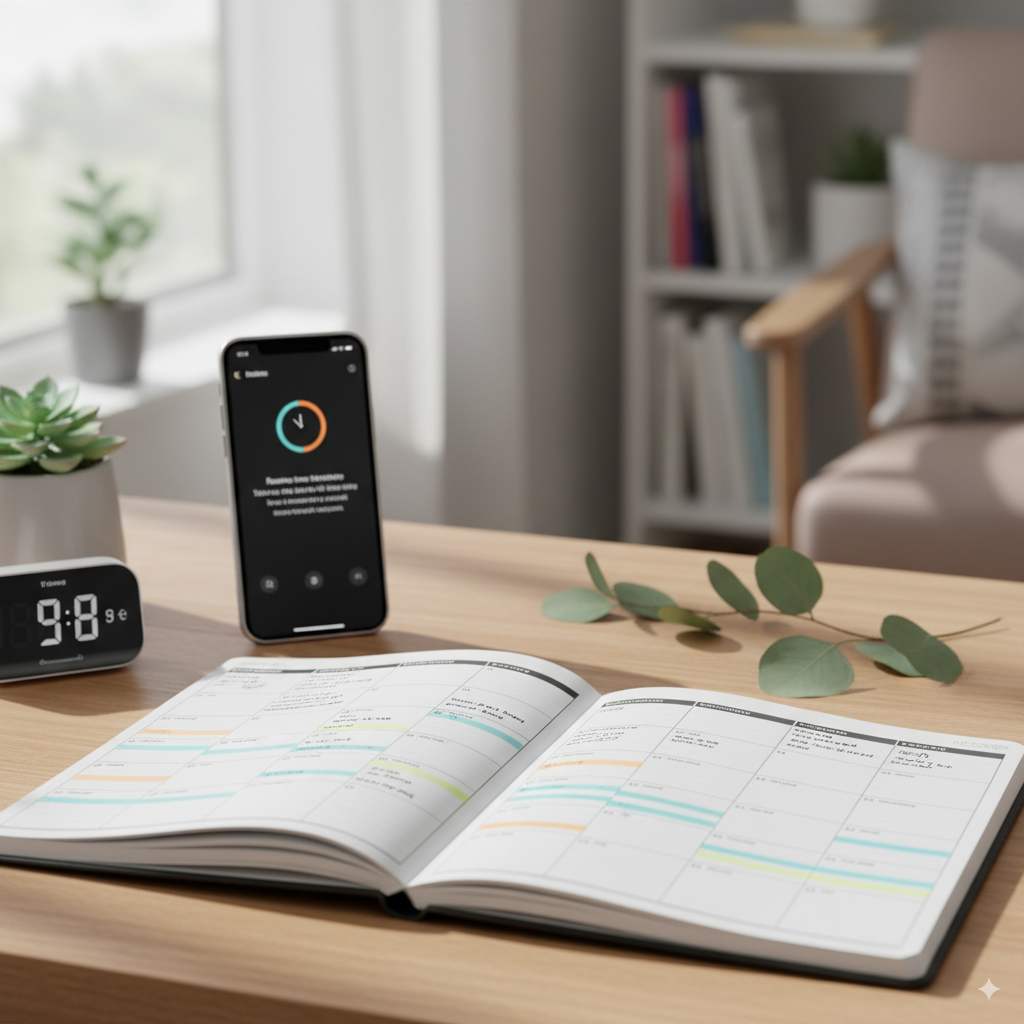
Adult diagnostic criteria (DSM‑5‑TR context)
For ages 17+, DSM‑aligned criteria require at least five symptoms in inattention and/or hyperactivity‑impulsivity for six months, with impairment across settings for adults.
Symptoms must have been present in childhood, which is why clinicians often ask for school records or collateral input when evaluating ADHD.
A careful assessment distinguishes ADHD from other causes so treatment targets the right problem for long‑term benefit.
Screening vs diagnosis: what clinicians actually do
There is no blood test or brain scan that diagnoses adult ADHD; the gold standard is a structured clinical interview plus corroborative information and functional assessment.
Best practice probes each DSM symptom with real‑life examples, verifies impairment, reviews developmental history, and rules out alternatives and comorbid conditions.
A thorough evaluation typically takes around two hours across steps, including findings and a discussion of personalized management options.
What to do next after a positive screen
Book a qualified clinician and bring your completed ASRS so interpretation can be tied to day‑to‑day impact and goals for work, school, and relationships.
Gather evidence of childhood patterns (report cards, teacher/parent recollections) and current examples of impairment to support an accurate diagnosis.
List coexisting concerns (sleep issues, mood, anxiety, substance use) to help differentiate conditions and plan comprehensive care.
Immediate next steps
- Schedule a full diagnostic appointment, attach your filled ASRS v1.1, and prepare a brief timeline of symptoms across childhood and adulthood.
- Note what helps or worsens symptoms (sleep, exercise, routines) and bring this to your evaluation to inform tailored treatment planning.
Treatment and support options (overview)
Care plans often combine psychoeducation, CBT‑based skills, coaching, environmental supports, and when appropriate, medication choices individualized to needs.
Clinicians weigh benefits and risks and adjust over time, especially when comorbidities or life demands change in adult ADHD management.
Addressing sleep, mood, anxiety, and lifestyle alongside core symptoms typically improves function and quality of life.
Self‑management while you wait
Use time‑blocking and task chunking to lower executive load and make progress visible, supporting daily focus and follow‑through.
Design environments with single‑purpose work zones, visual cues, and controlled distractions to reduce friction and context switching.
Keep consistent sleep and regular physical activity, which often support attention and mood and complement clinical care later.

Conclusion
A validated screener like the ASRS v1.1 helps adults quickly see whether their pattern aligns with ADHD, but only clinicians can diagnose and tailor care safely for long‑term benefit.
Use the Part A threshold as a signal to book evaluation, bring collateral history, and discuss comprehensive plans that address symptoms, impairment, and comorbidities in adults.
Publishing information in this people‑first, well‑sourced format matches 2025 SEO expectations so readers get trustworthy guidance and a clear next step.
How do I score Part A of the ASRS?
If four or more responses fall in the shaded boxes of Part A, symptoms are “highly consistent with ADHD,” and a comprehensive clinical assessment is advised.
What do numeric ASRS scores (0–24) mean?
Some tools use a 0–24 Likert total and risk ranges, but the safest baseline is still the Part A “four‑or‑more shaded boxes” threshold interpreted with a clinician.
Can ADHD be diagnosed online?
Parts can be done via telehealth, but best practice is a structured clinical interview with corroborative history by a qualified clinician.
What criteria apply to adults (17+)?
DSM‑aligned guidance requires five or more symptoms for six months with clear functional impairment across settings and several symptoms since childhood.
How long does a proper adult ADHD assessment take?
Good assessments usually take about two hours across steps, including interview, impairment review, differentials, and feedback on options.

